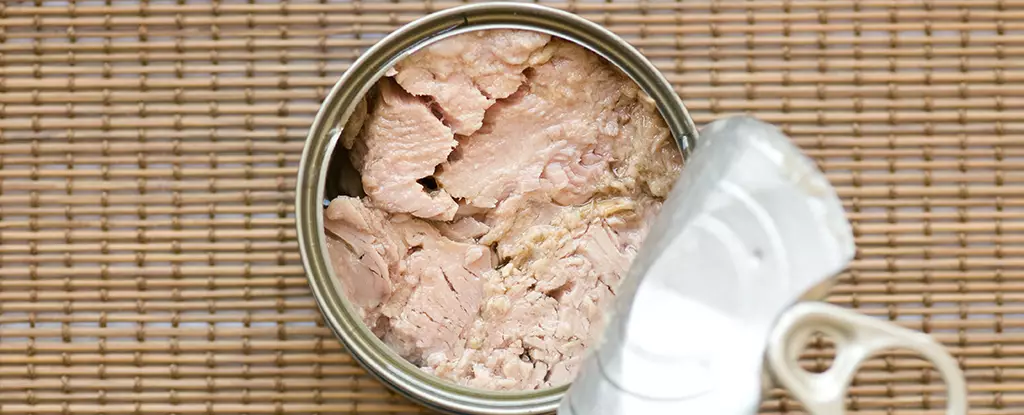Fish has long been celebrated as a vital source of nutrients—rich in omega-3 fatty acids, protein, and essential vitamins. The Mediterranean diet, acclaimed for its numerous health benefits, showcases fish as a cornerstone of well-being and longevity. However, the allure of incorporating fish into a regular diet comes with the daunting shadow of mercury contamination. This prevalent issue remains a significant barrier, especially for vulnerable populations such as pregnant women and children, leading many to question the safety of consuming fish regularly.
The Mercury Dilemma
Mercury, a toxic heavy metal found in aquatic environments, primarily taints larger species of fish, including tuna, due to bioaccumulation. As these fish consume smaller prey contaminated with mercury, the toxic substance builds up to concerning levels. The risks associated with mercury exposure can lead to neurological problems, developmental issues, and various health concerns. For years, consumers were largely left with two unappealing options: either reduce their fish consumption or risk exposure to harmful mercury levels. Enter new research aimed at breaking this cycle.
Revolutionary Research and the Role of Cysteine
A recently published study from the Swedish University of Agricultural Sciences and Chalmers University of Technology introduces a groundbreaking method for mitigating mercury levels in fish. The research team has discovered that by introducing cysteine, an amino acid known for its chemical affinity with mercury, they could effectively reduce mercury concentrations in canned tuna by an impressive 25 to 35 percent. This innovative approach involves soaking the tuna in a solution infused with cysteine, allowing the toxic metal to bind to the amino acid instead of the fish flesh.
Chemist Przemysław Strachowski, part of the research team, emphasizes that this process is not merely a theoretical exercise but a tangible shift in food safety practices. He notes, “We believed this would allow some of the mercury to be drawn out and instead bind to the solution and be discarded.” As promising as these results are, Strachowski acknowledges the necessity of further research to fully harness and implement this technique on an industrial scale.
Sustainability and Practicality in Food Packaging
One of the most compelling aspects of the cysteine solution is its potential to be implemented seamlessly into existing food packaging systems. Unlike conventional methods to address mercury contamination—including regulatory restrictions on fish sales—this technique could actively reduce mercury levels while the product remains on the shelf. The simplicity of the method means it could be integrated without additional production steps, making it not only cost-effective but also widely applicable and sustainable.
Strachowski articulates the broader implications, stating, “The beauty of this type of packaging is that it is active while the product is on the shelf.” Such innovations could significantly enhance the safety margins for fish consumption, allowing consumers to enjoy the health benefits of fish while mitigating the risks associated with mercury.
Looking Ahead: A Healthier Relationship with Seafood
What this revolutionary research illustrates is that the challenges posed by mercury contamination can be addressed through innovative scientific approaches rather than consumer abstinence from fish altogether. Food scientist Mehdi Abdollahi emphasizes the importance of exploring various methods to combat mercury contamination, affirming, “Our study shows that there are alternative approaches to addressing mercury contamination in tuna, rather than just limiting consumption.”
As research continues and evolves, there is hope for a future where people can incorporate fish back into their diets without the looming worry of mercury exposure. This research is not merely a momentary success; it suggests a paradigm shift in how we perceive and manage food safety issues surrounding fish consumption. The scientific community’s proactive measures could pave the way for healthier, safer fish options, rewarding consumers with the nutritional benefits they crave while ensuring their safety.


Leave a Reply